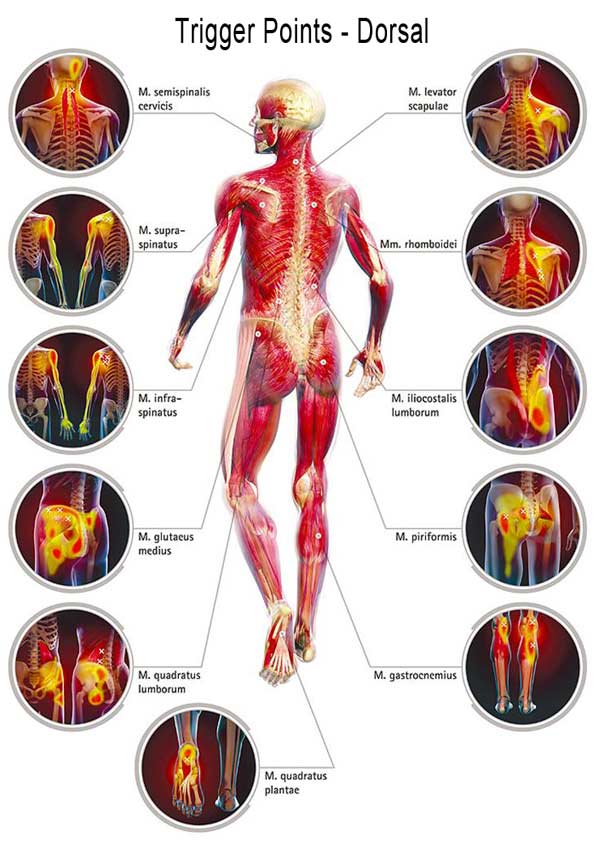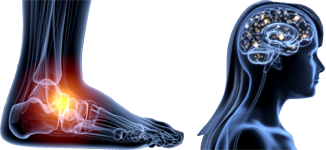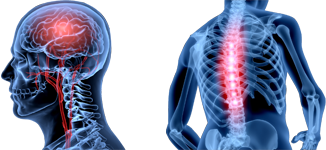 Since over 60% of your body is nerve, muscle, and bone, it should come to no surprise that playing sports can lead to chronic pain, strain, spasm, irritation, inflammation, trigger points or other neuro-musculo-skeletal (nerve-muscle-bone) conditions that are common. In fact, many of the millions of people who visit their doctors of chiropractic do so because of these problems.
Since over 60% of your body is nerve, muscle, and bone, it should come to no surprise that playing sports can lead to chronic pain, strain, spasm, irritation, inflammation, trigger points or other neuro-musculo-skeletal (nerve-muscle-bone) conditions that are common. In fact, many of the millions of people who visit their doctors of chiropractic do so because of these problems.

How do I know if I suffer from this condition? You can ask yourself several questions such as; Do your muscles feel tight especially in the Morning? Do you always need to stretch with constant arches and pains in your neck, low back and hips? Do you feel old and stiff with morning fatigue, sleeping problems and many tender spots (trigger points)?
What are Trigger Points? Trigger points are tender, sensitive Back spasmsareas when pressed, stuck, heated or cooled can be exquisitely painful. You may first discover trigger points when you are surprised by someone pressing a seemingly pain-free area. Trigger point pain may also be referred to other areas of the body. Trigger points are common in chronic muscle spasm, myalgia, myositis, fibrositis, strain and sprain, and other muscle and joint problems.
What are the advantages to a Chiropractic approach? Those suffering from muscle spasm, trigger points, neuromuscular pain and problems, fibromyalgia and similar are seeing chiropractors in record numbers because they are getting results. For example, in one study 5 men and 18 women aged 11 to 76 with chronic fatigue syndrome, trigger point pain and fibromyalgia, who had been suffering from 2 to 35 years, began chiropractic care. After a series of spinal adjustments, every patient was able to resume normal activities including full time work and maintained their improvements one year later at follow-up. The authors of the study write: “Improvement in symptoms of 92%-100% was achieved in both these syndromes…"


